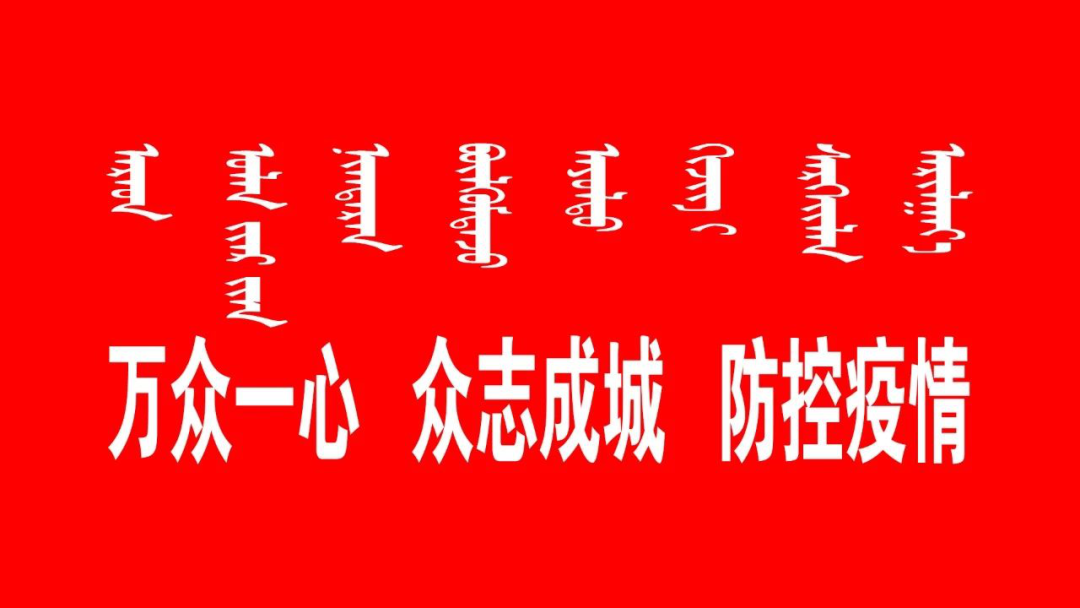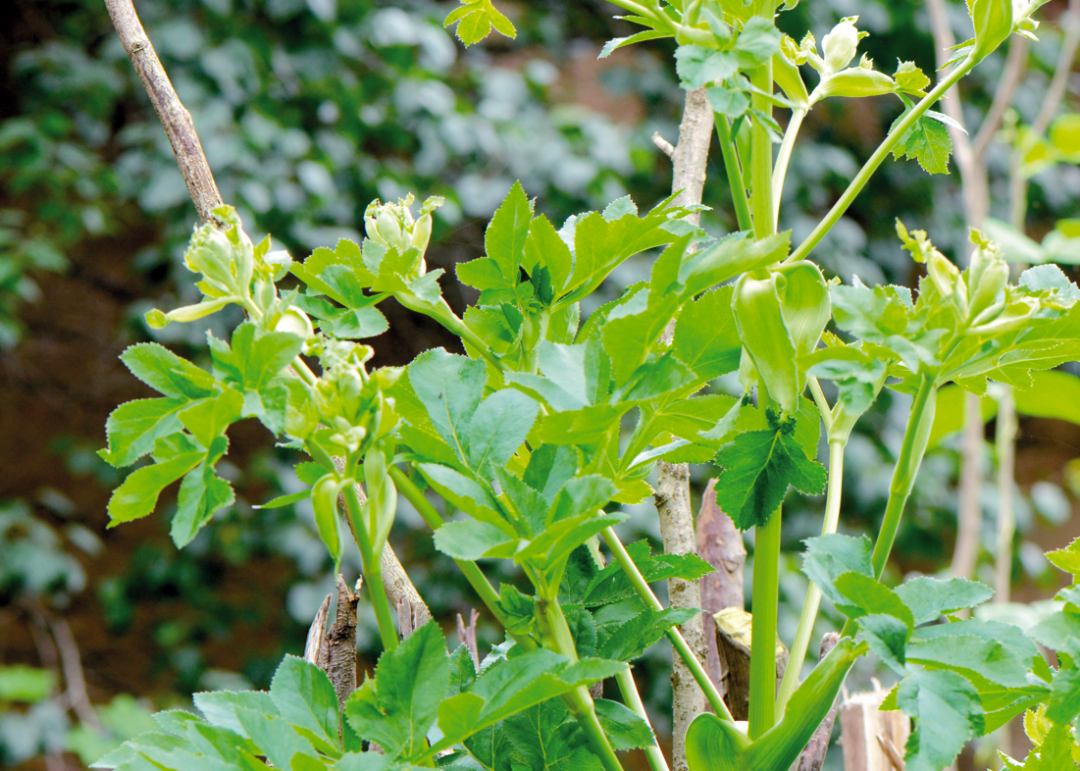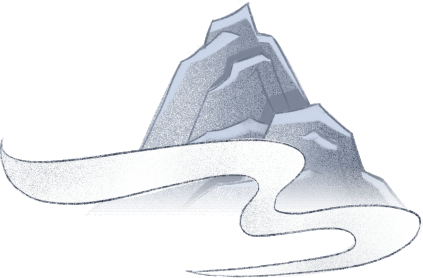


Authentic
Characteristics
of
Medicinal
Materials



Authentic Characteristics

Ancient scholars evaluated Angelica Sinensis (Dang Gui) based on its variety, shape, and origin. The “Compendium of Materia Medica” states that “Mao Wei Dang Gui” (Horse Tail Angelica) is superior to “Cao Dang Gui” (Grass Angelica), highlighting the differences between varieties. The “Illustrated Classic of Materia Medica” records: “There are two types of roots; the large-leafed is called Mao Wei Dang Gui, and the fine-leafed is called Can Tou Dang Gui. Generally, those with thick and moist flesh are superior.” The quality of “Mao Wei Dang Gui” is considered excellent.
The “Materia Medica of Meng Quan” proposed the characteristics of high-quality products, stating: “Mao Wei Dang Gui, yellow-white, fragrant, and moist, is the best quality,” which is very similar to modern evaluations of Dang Gui quality; it considers “Can Tou Dang Gui, black in quality, thin in aroma, and dry, is of inferior quality and not suitable for medicine.” Clinical experience has also revealed differences in efficacy among Dang Gui from different regions, stating: “From the two regions of Qin and Shu, Chuan Gui (Sichuan Angelica) is strong and can attack, while Qin Gui (Qin Angelica) is gentle and can supplement; when seeking to alleviate illness, quality must be distinguished.” The “Compendium of Materia Medica” records: “The round-headed, multi-colored, fragrant, and moist Dang Gui from Qin is the best; the large-headed, coarse-tailed, white, and dry Dang Gui is only suitable for dispersing medicines.” This provides a conclusive evaluation of Dang Gui produced in Gansu.
The authentic characteristics of Dang Gui include: resembling a horse tail, round head, multiple tails, yellow-white cross-section, moist, and fragrant.
Characteristics of Medicinal Materials

The root is slightly cylindrical, referred to as “Quan Gui” (Whole Angelica), with a length of 10-25 cm; the root head is commonly called “Gui Tou” (Angelica Head), with a diameter of 2-4 cm; the main root is short and thick, known as “Gui Shen” (Angelica Body), with a length of 5-10 cm and a diameter of 1.5-2 cm; the lateral roots and their tips are called “Gui Wei” (Angelica Tail), with a diameter of 0.3-1 cm. The surface is brown or gray-brown, with irregular longitudinal wrinkles and oval-shaped pores. The upper end of the Gui Tou is flat and round, with multiple layers of scale-like leaf bases remaining at the top. The surface of the Gui Shen is uneven, with 3-5 or more Gui Wei growing from it, where the tail is thicker at the top and thinner at the bottom. The texture is flexible. The cross-section shows a whitish skin layer, oily and moist, with many brown oil spots, or cracks, with a shallow brown layer ring, and the wood part is yellow-white. The aroma is fragrant and unique, with a sweet, slightly bitter, and spicy taste.
Min County Angelica

Large body, long, with few tails, brown color, fat, oily, and fragrant roots; heavy and firm bones, fine skin texture, and white powdery mouth resembling a chrysanthemum heart.
The characteristics of Dang Gui produced in various regions of Min County, Gansu Province, can be categorized as follows: areas like Pu Ma, Ma Zi Chuan, and Tang Chang Ha Da Pu, Li Chuan (south side) have lower temperatures and humidity, with black soil, resulting in Dang Gui with darker skin, shorter heads, and thinner, more numerous tails, with a milder aroma, commonly referred to as “Mao Wei Dang Gui”; towns like Cha Bu, Mei Chuan, Si Gou, Zhong Zhai, and Xiao Zhai have higher temperatures and yellow soil, producing lighter-colored Dang Gui, generally longer, with multiple heads and thicker tails, with a strong aroma, commonly referred to as “Lian Hua Gui”; towns like Qing Shui, Shi Li, and Xi Zhai have moderate temperatures, producing shorter Dang Gui with fewer heads and longer tails, thicker and more sparse, with a strong aroma.
Quality Markers

Traditionally, the best quality is characterized by large size, long body, thick and robust tails, short and few tails, fine skin with a brownish-yellow color, yellow-white mouth (chrysanthemum heart), solid texture, oily, strong aroma, and sweet taste. Products without oil leakage (yellowing), without water stains (green or with a green ring in the center), without honeycomb (hollow bubbles), and without horse mouth (coarse skin worm holes) are considered top quality; those with large heads but no body, many thin tails, rough skin, black color, light weight, and green-yellow mouths are considered inferior.
Functions and Indications

It nourishes blood, invigorates blood circulation, regulates menstruation, and alleviates pain. It is used for blood deficiency, pale complexion, dizziness, palpitations, irregular menstruation, amenorrhea, dysmenorrhea, abdominal pain due to deficiency and cold, dry intestines and constipation, rheumatic pain, trauma, and abscesses. Wine-infused Dang Gui invigorates blood circulation and regulates menstruation, used for amenorrhea, dysmenorrhea, rheumatic pain, and trauma.
[Source]
Gansu Provincial Drug Administration
Issue Two
Editor: Wang Huan Proofreader: Bai Hao Reviewer: Hao Bo
Work Dynamics Publicity Health Science Popularization Learning Sampling
Reproduction requires consent and citation of the source


Scan to follow us


